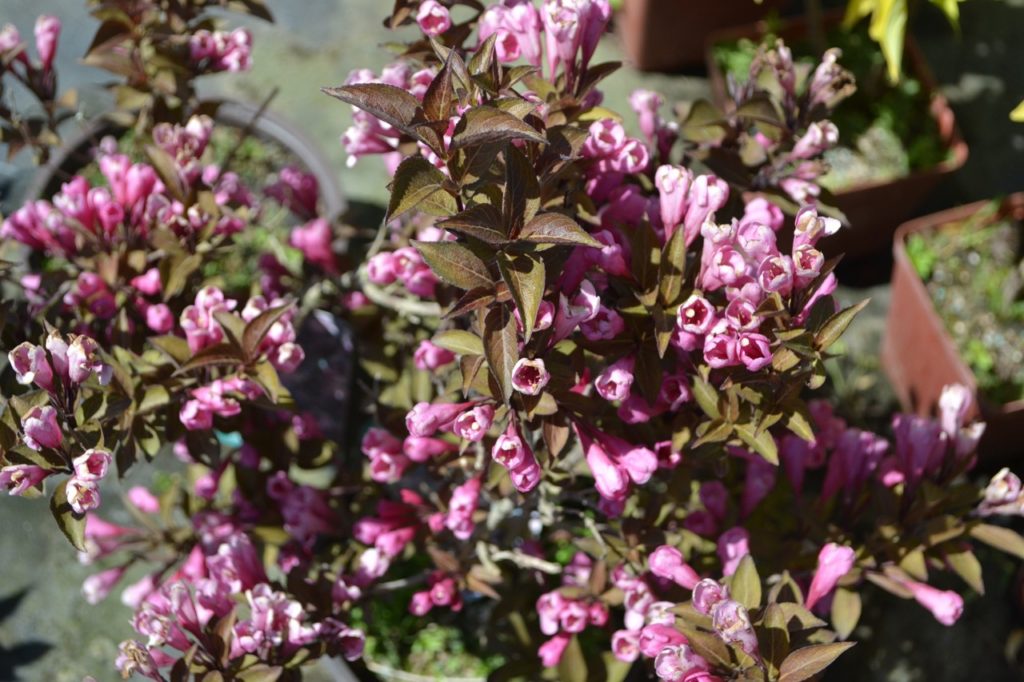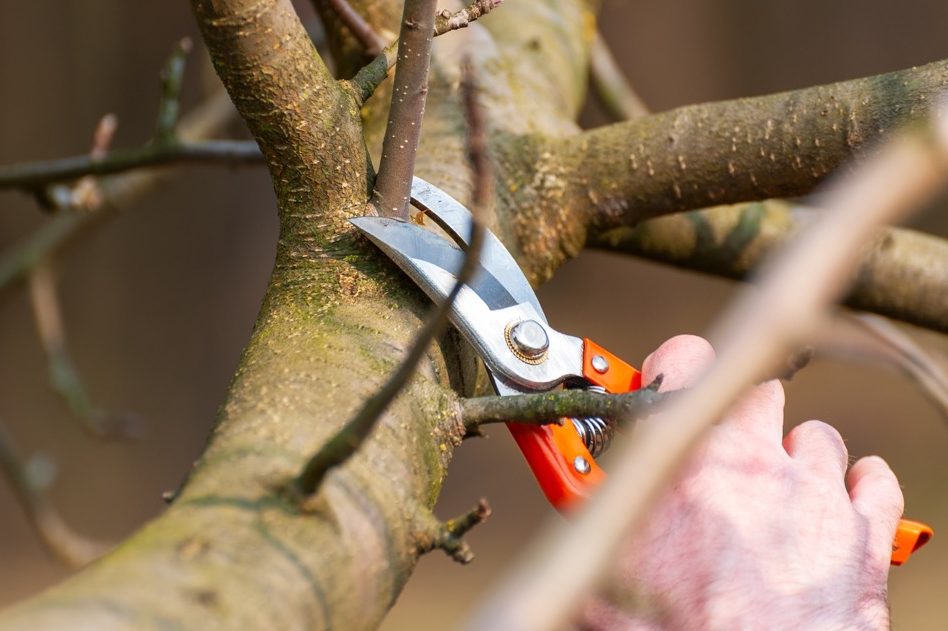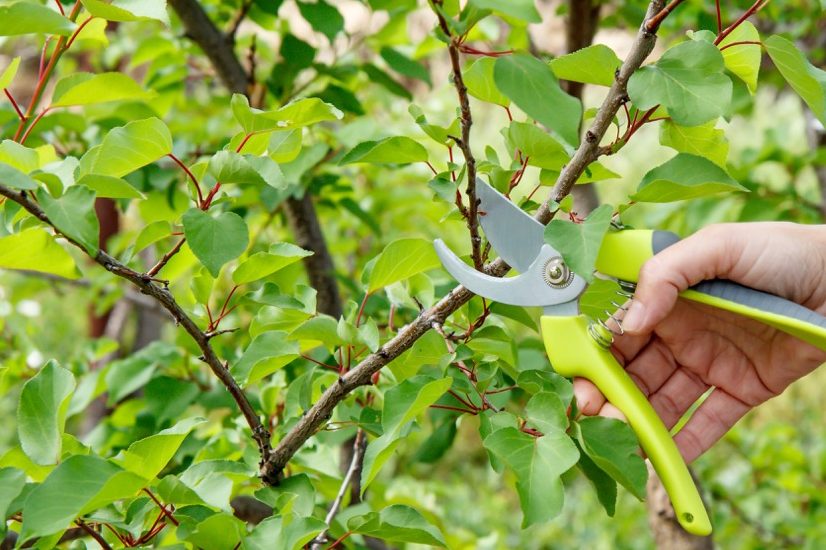All Weigelas Can Be Pruned In The Same Way – It’s Best Done Straight After Flowering

Reviewed By DAN ORI

Dan has over 27 years’ under his belt caring for plants and gardens. Working as a Horticultural Instructor and Consultant, he draws on a diverse range of experience that includes working as a Head Gardener, Tree Surgeon, Garden Centre Trouble Shooter, and writer of academic papers. Dan has a Level 3 Diploma in Horticulture and is currently a candidate for the RHS’s most prestigious award – The Master of Horticulture.
IN THIS GUIDE
WEIGELA GUIDES
Pruning
Varieties
Available in an array of sizes that all have a tidy, compact growth habit, weigelas are floriferous plants that produce delightful funnel-shaped blooms across spring and summer.
Although they are easy to care for, to get the best out of these shrubs they should get an annual prune.
Luckily, all weigelas can be pruned in the same way, and even though the process is a multi-step one, it is also pretty straightforward.
You can prune weigela bushes by following these steps:
- Prune back any dead and damaged weigela branches with a pruning saw or bypass secateurs.
- Remove any flowered stalks, focusing on those which are leggy and out of place.
- Prune back unproductive stems from your weigela.
- Remove weak shoots from the previous year’s growth.
- Water and feed your weigela to help in its recovery.
This process is explained in more depth below.
| Difficulty | Medium |
| Equipment Required | Gardening gloves, pruning saw, loppers, secateurs |
| When To Prune | Summer |
When To Prune Weigela
Weigelas should be pruned immediately after blooming in summer.
These deciduous shrubs flower mostly on the previous year’s growth, and this growth starts forming in summer very soon after the blooming season.

Therefore, delaying pruning would mean that you may remove the shoots and stems that would have borne flowers.
Timely pruning will also allow these shrubs to put out fresh growth and buds that will bear flowers the following season and will be strong enough to withstand the winter frosts.
1) Remove Damaged Branches
Branches and stems that are dead or damaged, either from spring frost, disease or breakage, should be pruned first.
Damaged branches may be cut at their attachments or at an intermediate position so that the healthy part is left behind.

Make the cut just above a node or bud.
Similarly, prune or trim branches that may be crossing or rubbing against one another.
Depending on the thickness of the branch, you will need a small pruning saw or bypass secateurs.
2) Prune Flowered Stalks
Flowered stalks may be pruned even on young shrubs.
Use small secateurs or scissors to prune such a stalk at its attachment.
On mature shrubs, you may prune the stalk or its mother stem to remove its flowered growth.

This may be done at its attachment or just above a node or bud on the green part of the mother stem.
By no means should all such stems be trimmed; choose those that are gangly, leggy and that disturb the balance to help restore the shape of the shrub.
3) Get Rid Of Unproductive Stems
On a mature shrub, prune old wood that is unproductive by cutting the stems at the base.
Remove up to 25% of the total number of stems.
A healthy, vigorous bush may not have very many unproductive stems but it may be congested.

If so, aim to thin it by removing up to 20% of the stems.
A few of these may be pruned to their respective bases while the rest should be trimmed 33-50% of their respective lengths.
Cut these to just above a node or bud and try to make the cut at an angle.
Secateurs or loppers of the appropriate kind may be used for this task.
4) Remove Weak Shoots
You should also look over the previous year’s shoots.
A few may be feeble, gangly and less than vigorous, so you should prune such shoots at their attachments.
I find a pair of bypass secateurs to be perfect for this task.
5) Water & Feed Well
After pruning, water the shrub well.

Feed it with a granular fertiliser by working it into the soil at a healthy distance from the crown.
A liquid fertiliser may be used instead.
“If you experience dry weather in late summer and autumn, generous late summer mulching and watering can result in better flowering next year,” shares Master Horticulturist Dan Ori.
“I like to add my granular fertiliser and mulch in early spring as it sets the plant up for the year ahead. I don’t concern myself with a late summer mulch as ours is not especially dry in my part of the UK.”

